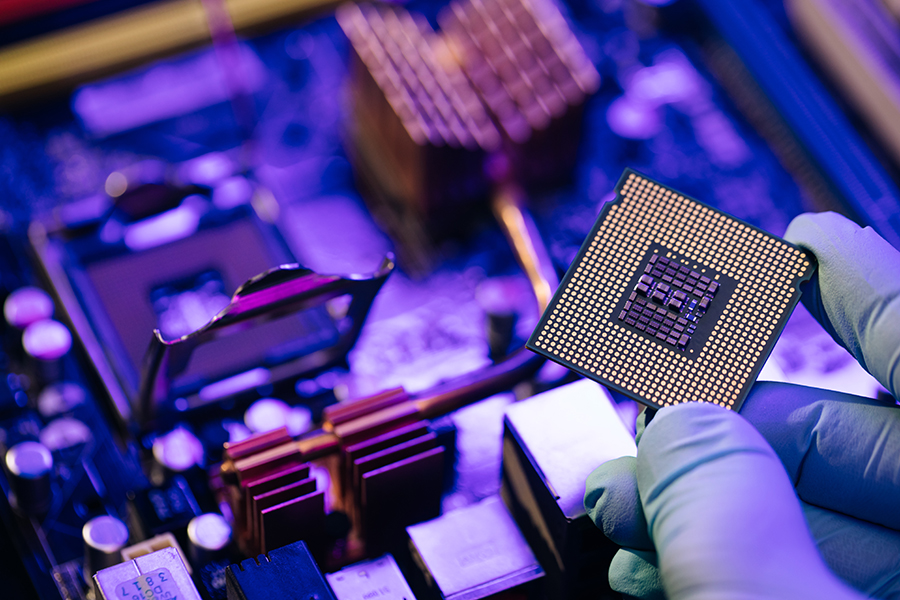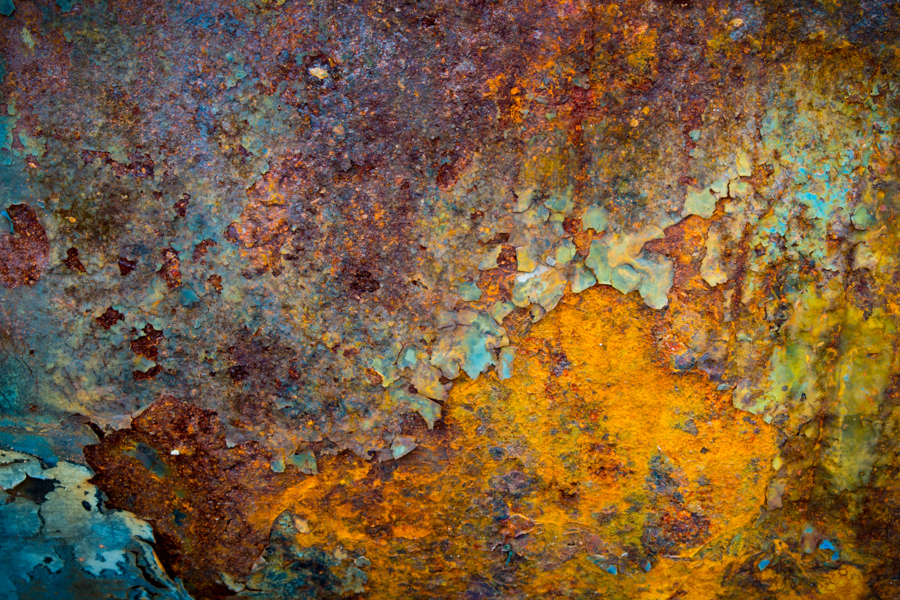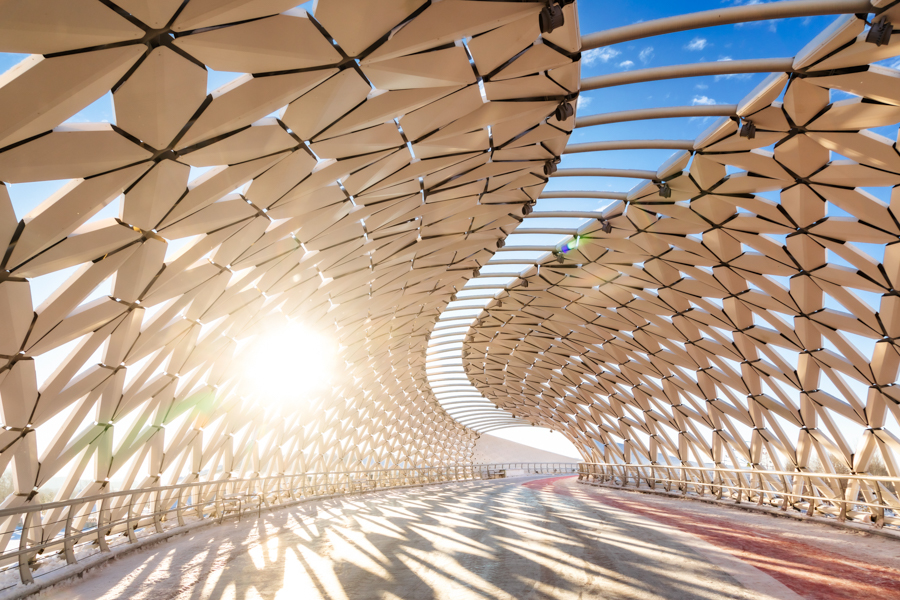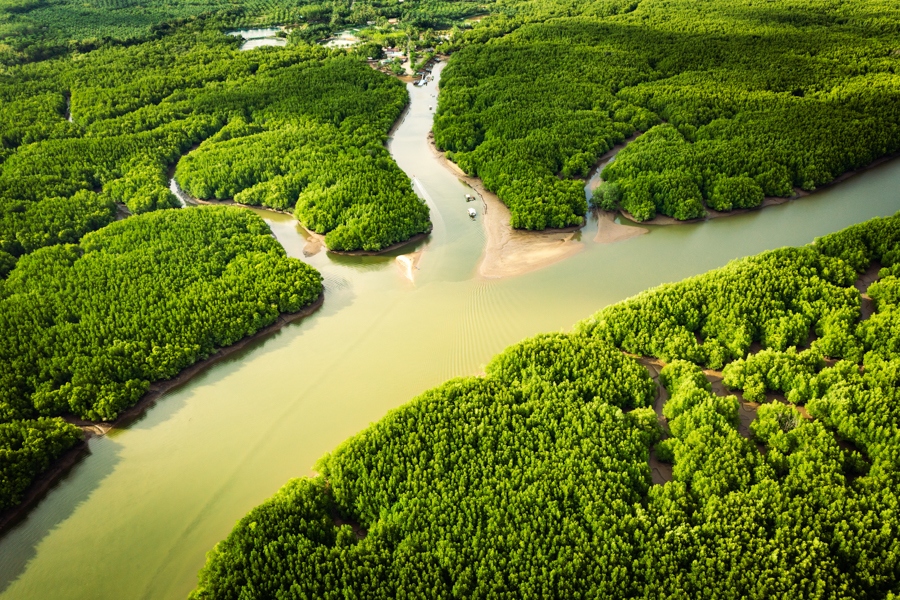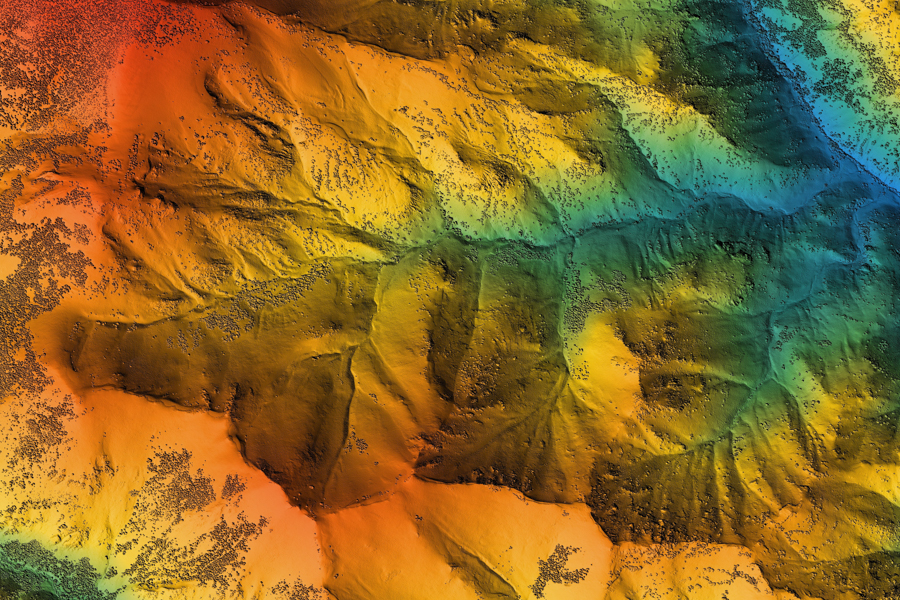Purdue Engineering is celebrating the fifth anniversary of the prestigious Neil Armstrong Distinguished Visiting Professors (NADVP) Program, launched in 2019 during Purdue University’s 150th anniversary celebration.
The program, which honors Neil Armstrong's legacy of innovation and exploration, has brought highly accomplished and recognized scholars and practitioners to the college to catalyze collaborations with faculty and students. These visiting professors are preeminent in their fields, typically fellows of the U.S. National Academies of Science, Engineering, and Medicine. They team up with Purdue Engineering faculty on transformative research projects, new research directions, industry engagement, and initiatives that enhance diversity, inclusion, entrepreneurship, and educational efforts both on campus and online. They advance interdisciplinary collaboration, engage with students and faculty, and foster global partnerships, driving groundbreaking research and advancing Purdue’s mission of innovation.
A Conversation with Dr. Ronald Latanision
Neil Armstrong Distinguished Visiting Professor (2023-2026)
Ronald Latanision, an emeritus professor at MIT, held key positions in materials science and engineering. He's a member of the National Academy of Engineering and a fellow of several prestigious institutions. Latanision's research focuses on materials processing and corrosion science. He has served as a science advisor to the U.S. government and was appointed to the U.S. Nuclear Waste Technical Review Board by two presidents. In this interview, he shares insights into his life and career as well as his journey as a researcher and mentor. Read more...

